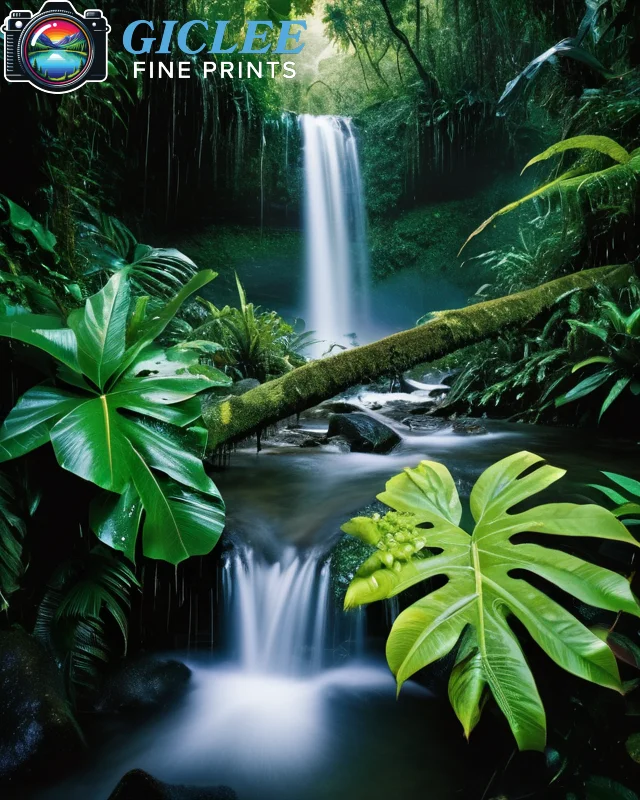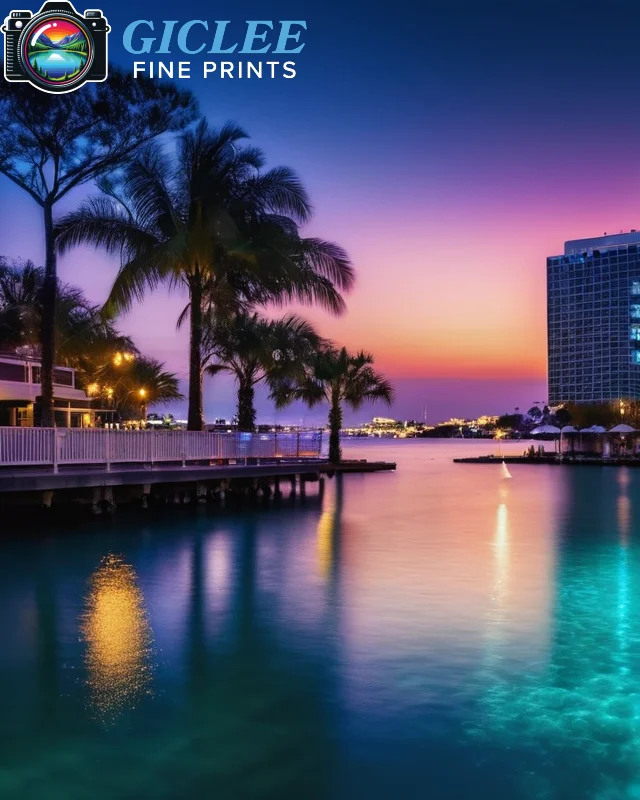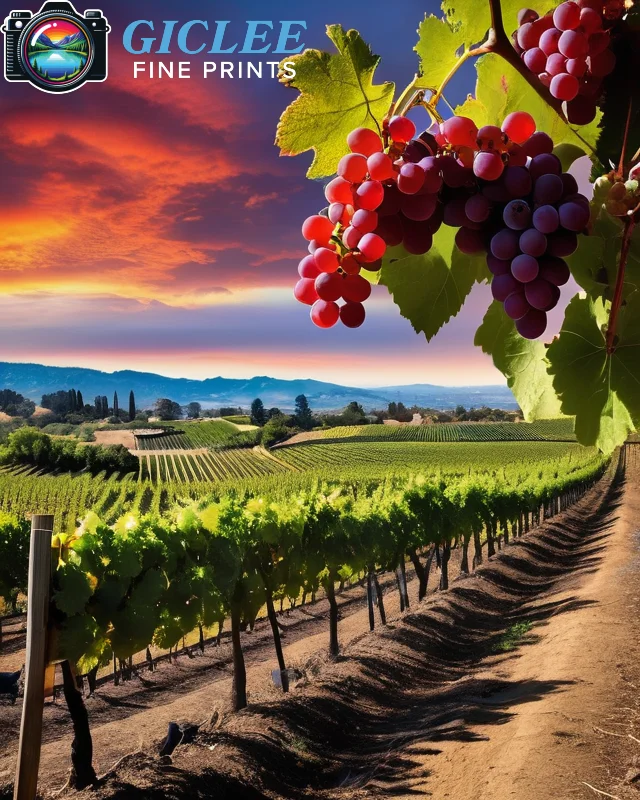
Have you ever looked at an abstract painting and wondered, “What does this mean?” Abstract art might seem confusing at first, but it’s all about using colors, shapes, and textures to express feelings, ideas, or even just a creative mood. At Giclee Fine Prints, we love how abstract art makes people think and feel. Here’s a fun guide on how you can create your own abstract masterpiece!
Express Your Feelings
Abstract art is all about expressing emotions and moods. You don’t need to paint a specific object, just focus on how you feel:
- Think About Feelings: Use colors or brushstrokes to show your emotions. You can make it bright and happy or calm and peaceful—whatever feels right!
- Let It Flow: Sometimes it’s best to start without a plan. Pick a color that you like and let your hand move naturally.
- Forget About Realism: Instead of painting something real, think about how shapes and lines can show your experiences or feelings.
Why It’s Cool: Abstract art doesn’t have to look like anything real. It’s your chance to paint what’s in your heart!

Learn About Colors
Colors are super important in abstract art. They can make your artwork feel different depending on how you use them:
- Contrast: Pair colors that are opposite on the color wheel, like blue and orange, to make your art pop.
- Harmonize: If you want your piece to feel calm, use colors next to each other on the color wheel, like blue and green.
- Dark vs. Light: Playing with light and dark colors can help highlight certain areas or make others blend into the background.
Pro Tip: Use a color wheel to find new and exciting color combinations for your artwork!
Play with Textures
Texture in abstract art makes your painting feel more interesting. You can add a lot of depth and fun by trying different techniques:
- Layer Paint: Use thick paint to create texture. When you touch the canvas, you can feel the ridges and bumps.
- Mixed Media: Add things like paper, fabric, or even sand to make your art feel 3D.
- Scratch and Carve: Use tools to scratch into wet paint, or carve shapes with a knife to show different layers underneath.
Why It’s Fun: The texture can make your artwork come alive and invite people to look closely and discover more details.

Think About Composition
Even though abstract art might look random, composition (how things are arranged) still matters:
- Focal Points: Think about where you want people to look first. Maybe it’s a bright splash of color or a big shape in the middle.
- Balance: Use the “rule of thirds” to help place your main pieces where they feel balanced. Don’t crowd one side too much!
- Negative Space: Empty spaces around your artwork can make the painted areas stand out even more.
Outcome: A good composition will make your artwork feel organized and interesting, even if it doesn’t look like anything real.
Try Different Materials
Abstract art doesn’t always have to be painted on a regular canvas. You can experiment with different materials to make your art even cooler:
- Metal Prints: Metal makes your art shiny and vibrant. It’s perfect for bright and bold abstract art!
- Canvas and Paper: These are the traditional materials that work great for showing texture and details in your art.
- Peel-and-Stick Wall Art: This is perfect if you want to make big, removable abstract pieces on your walls at home.
Why It’s Worth Trying: The material you use can make your abstract art look different and help it fit in with your style.
Contact Us
Our address is: 3816 Pioneer Trail Ste #3, South Lake Tahoe, CA 96150
Email: Info@gicleefineprints.com
FAQs
You don’t need formal training! Abstract art is about exploring and expressing yourself. The more you practice, the better you’ll get.
It’s up to you! Some artists stop when it feels balanced, while others plan every detail. Trust your instincts!
No, there are no wrong colors! Abstract art is all about experimenting and finding what looks good to you.


